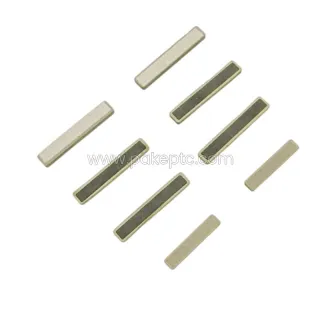PTC Heating vs. Traditional Heaters: Which One Is Right for You?
Introduction
When it comes to heating your space, whether it's your home, office, or industrial facility, you have several options to choose from. Traditional heaters, such as resistance heaters and convection heaters, have been the norm for many years. However, in recent times, Positive Temperature Coefficient (PTC) heating elements have gained popularity for their energy efficiency and safety features. In this article, we will compare PTC heating with traditional heaters to help you determine which one is the right choice for your heating needs.
Traditional Heaters:
Resistance Heaters:
Traditional resistance heaters use a heating coil to generate heat when electricity passes through it. They are commonly found in space heaters and heating appliances.
Convection Heaters:
Convection heaters warm the air in a room, creating a natural flow of hot air that gradually raises the room's temperature. Examples include baseboard heaters and oil-filled radiators.
PTC Technology:
PTC heating elements use a unique ceramic-based technology. As the temperature rises, their resistance increases, which in turn limits the amount of power they draw. This self-regulating feature is a key characteristic of PTC heating elements.
Energy Efficiency:
PTC heaters are highly energy-efficient. They draw more power when they are colder and less power as they heat up, maintaining a consistent and comfortable temperature without excessive energy consumption.
Safety Features:
PTC heaters have built-in safety features, such as overheat protection. When they reach a certain temperature, they automatically reduce power, reducing the risk of overheating and fire hazards.
Choosing the Right Heating Solution:
Energy Efficiency:
If energy efficiency is a top priority for you, PTC heaters are an excellent choice. They adapt their power consumption to maintain a steady temperature, ultimately saving on energy bills.
Safety:
PTC heaters are known for their safety features. If safety is a concern, particularly in homes with children or pets, PTC heaters offer peace of mind with their self-regulating temperature.
Speed of Heating:
Traditional heaters can often provide a quicker initial burst of heat. If you need rapid heating, especially in a large space, traditional options may be more suitable.
Cost:
Consider your budget. PTC heaters are energy-efficient but may have a slightly higher upfront cost than some traditional heaters.
Space and Portability:
Evaluate the space you need to heat and whether you require a portable heating solution. Traditional heaters come in various sizes and designs, while PTC heaters are often compact and lightweight.

Conclusion
The choice between PTC heating and traditional heaters depends on your specific heating needs and priorities. If you value energy efficiency, safety, and consistent heating, PTC heaters may be the right choice for you. However, if you need rapid heating or have budget constraints, traditional heaters still have their place. Ultimately, the ideal heating solution will be one that aligns with your requirements and preferences while keeping you warm and comfortable.


评论
发表评论